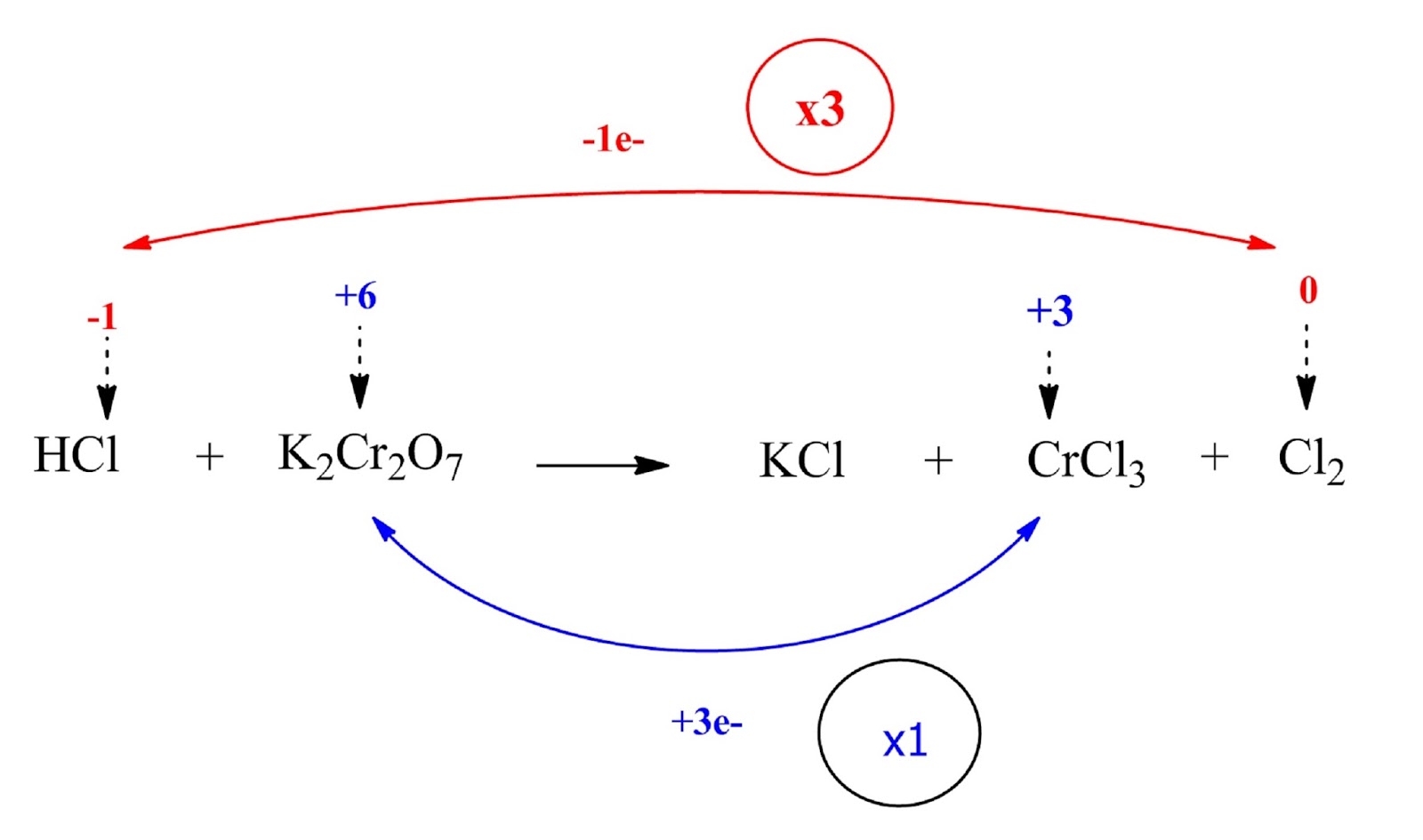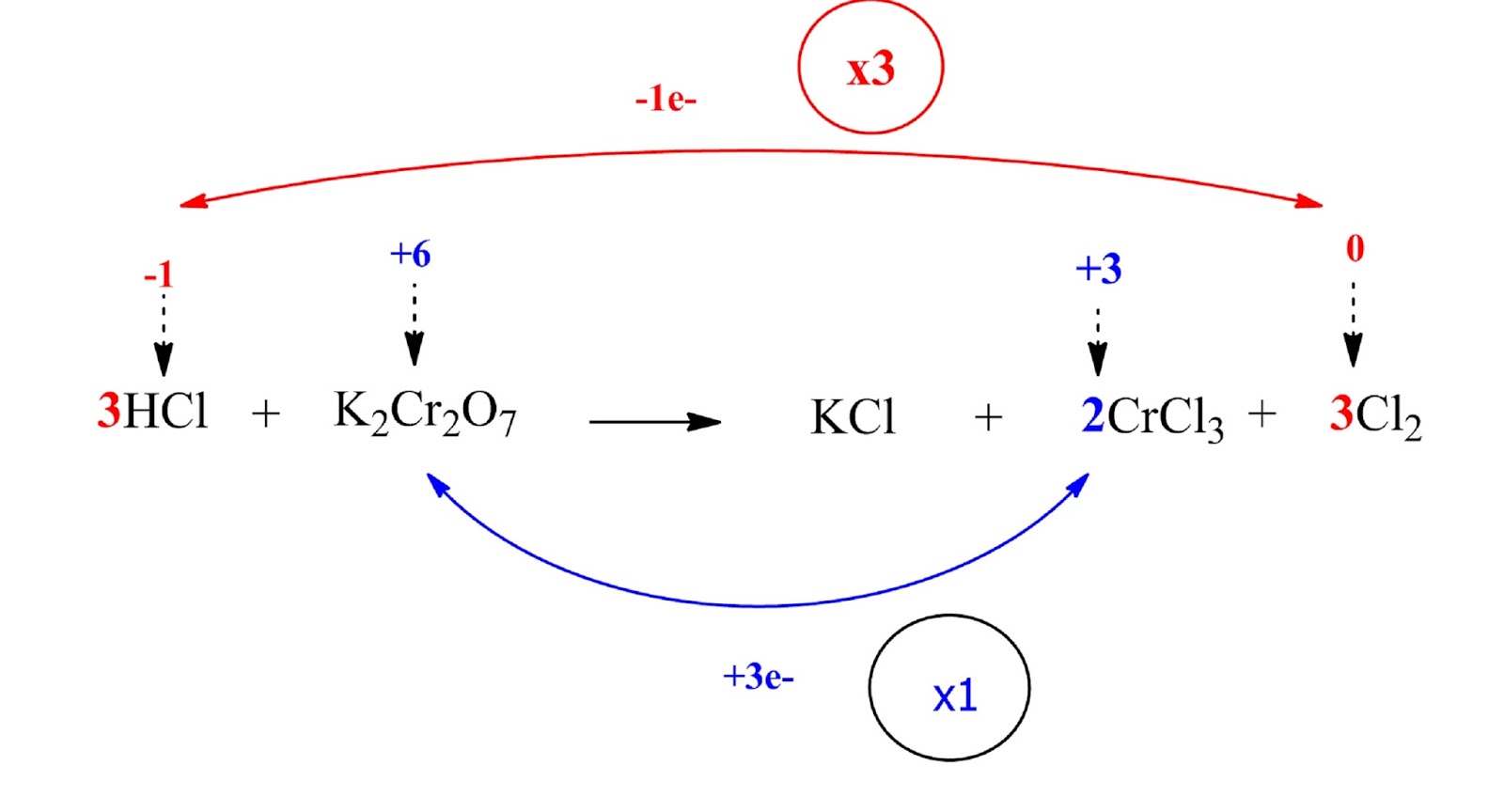Cubic Equation Calculator for Weak Acid-Base Equilibria
The mathematical (algebraic) exact method for solving weak acid or weak base equilibrium problems has traditionally been less popular than the alternative approximate method, probably because of the inconveniences related to solving cubic equations. However, modern mathematics software or even spreadsheets like Excel 2010 handle such equations with ease, making the algebraic method more attractive than in the past.
The mathematical approach to solving weak acid-base equilibria has been presented in a previous post entitled “Weak Acids and Bases – Calculate the pH of a weak acid (a general equation)”.
There are two equilibria present: i) the dissociation of water and ii) the dissociation of the weak acid ka
[H+] [OH-] = kw (1)
[H+] [A-] = ka [HA] (2)
If the concentration of the acid in solution is C (M, moles/l), a mass balance on the anion A gives:
C = [HA] + [A-] (3)
and a charge balance gives:
[H+] = [OH-] + [A-] (4)
Let us assume that ka, kw and C are known. Then there are four equations and four unknowns (shown in red in equations (1) to (4)).
A general expression for [H+ ] (or for the pH of a weak acid) in this case would be an expression in terms of the known ka, kw and C. Therefore, the unknowns have to be eliminated starting from [HA] or [OH-] that are contained in the least number of equations. Let us eliminate first [OH-]. Solving equation (1) for [OH-] and substituting it in equation (4):
[H+] [OH-] = kw and [OH-] = kw / [H+] (1’)
By substituting (1’) to (4) eliminates [OH-]:
[H+] = [OH-] + [A-] = kw / [H+] + [A-] (5)
Next let us eliminate [HA] by solving equation (3) for [HA] and substituting in equation (2):
C = [HA] + [A-] and [HA] = C - [A-] (3’)
Substitute (3’) in equation (2) and eliminate [HA]:
[H+] [A-] = ka [HA] = ka (C - [A-]) (6)
Now let us eliminate [A-] by solving equation (5) for [A-] and substitute in equation (6):
[H+] = kw / [H+] + [A-] and [A-] = [H+] - kw / [H+] (7)
Substituting (7) in equation (6):
[H+] [A-] =ka [HA] = ka (C - [A-]) and
[H+] ([H+] - kw / [H+]) = ka (C -[H+] - kw / [H+]) ) (8)
Rearranging (8) we get a cubic equation in [H+]:
[H+]3 + ka[H+]2 – ( kw + kaC) [H+] - kwka= 0 (9)
Using the known values of C, ka, kw equation (9) can be solved for [H+] and the pH can be calculated. In our days, solution of equations like (9) has become easier by using on line cubic calculators such as the one shown below.
For acids use the weak acids calculator. Select the weak acid dissociation constant from the table and copy and paste it in the ka box. Type the initial acid concentration C in moles/liter (M) in the box named C (molar). The [H+] concentration and the pH of the solution are shown at the bottom.
![Fig. I.1: The cubic equation calculator for weak acid-base equilibria. By inserting values for the initial acid concentration C(Molar) and for the acid dissociation constant (values are shown in the table for the most common weak acids) the [H+] and pH values of the solution are calculated. Fig. I.1: The cubic equation calculator for weak acid-base equilibria. By inserting values for the initial acid concentration C(Molar) and for the acid dissociation constant (values are shown in the table for the most common weak acids) the [H+] and pH values of the solution are calculated](https://blogger.googleusercontent.com/img/b/R29vZ2xl/AVvXsEiUTGCVOWcsqkHZuqSOrRGsrXb7dGTv0yTDKUw1gihce4H6K6hWYZ_hodsCj_rfjE60Pvl_18jjbXJqs6IstDJVpziyzp4AmRMdDcD47K_YCFMzfELaOTrMtBqDMVExu-QuWd2uvyvGI50/s1600/cubic_calculator_final.jpg)
For acids use the weak acids calculator shown below.
For bases use the weak bases calculator shown below. Follow the instructions given above.





